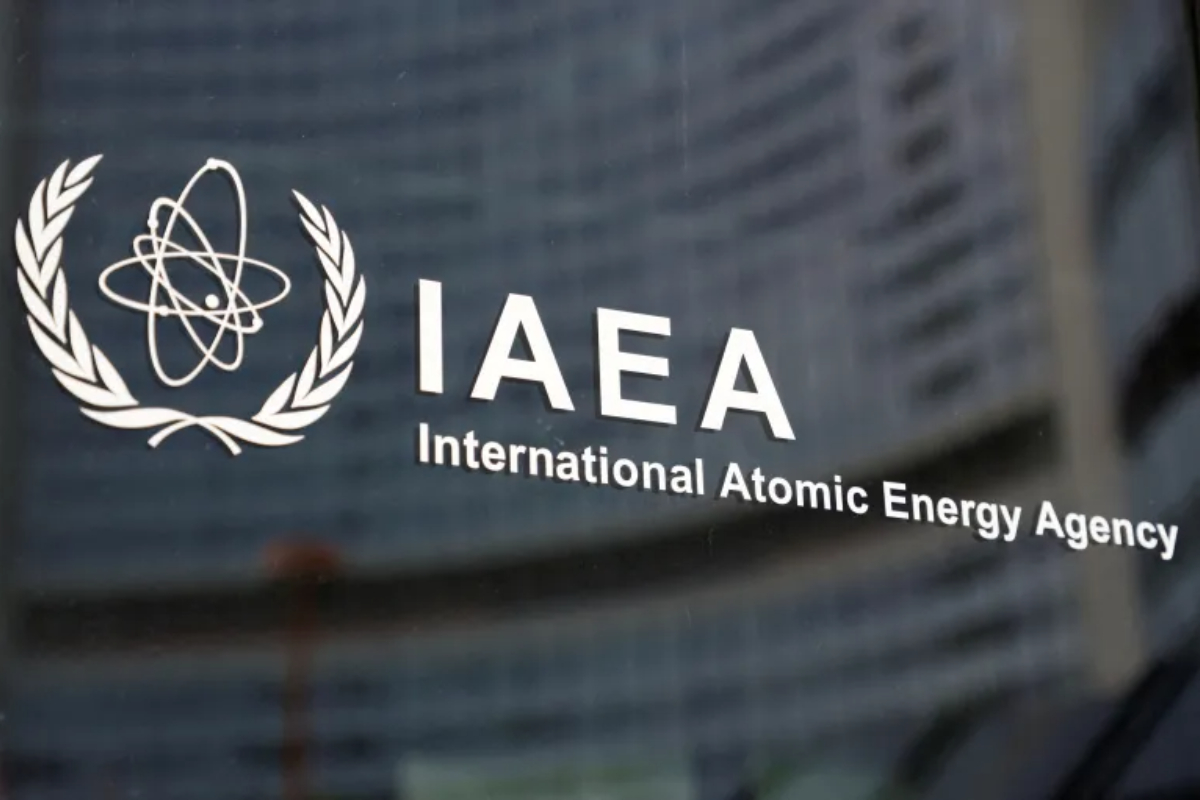Clashes rock western outskirts of Libyan capital
Clashes break out in Warshafala, a district west of Tripoli that has...

Tons of uranium gone missing in Libya, says UN
2.5 tons of uranium have vanished from a location in Libya, according to the UN nuclear inspector.
After sending inspectors to the secret location earlier this week, the International Atomic Energy Agency (IAEA) raised the alarm.
According to the IAEA, they discovered that 10 drums carrying uranium ore had vanished.
Inspectors are worried about nuclear security as well as the possibility that the uranium could present a radiation risk.
According to the IAEA, the location where the uranium was kept was not in an area under governmental supervision.
In a statement, the agency said it would conduct further actions “to clarify the circumstances surrounding the removal of the nuclear material and its current position”.
It is unclear when the uranium went missing or who could have taken it.
It was removed from a very remote location in southern Libya, where there were “lots of ungoverned areas”, according to Scott Roecker from the Nuclear Threat Initiative, a global security organisation working on nuclear issues.
“If you’re removing this material from this location you must really want it,” he told the Newsday program, adding that the quantity that appears to have been taken is “approximately one tenth of the amount of material” stored at the facility “so you would absolutely see it missing”.
The IAEA told the Media it was working to clarify what happened, how the nuclear material was removed and where it was now.
Mr. Roecker said the material “in its current form [known as yellow cake] cannot be made into a nuclear weapon”, although it could be used as “feedstock” – the raw material needed for a nuclear weapons program.
He also downplayed fears of radiation, noting that “yellow cake doesn’t really have any radiation in its current form” and as a result it had been stored in some “pretty rudimentary drums”.
But, Mr. Roecker noted that nations would typically purchase materials for that on the free market. He also indicated that it might be utilized for other reasons, such as nuclear energy.
“Perhaps it was stolen by someone who wants to make a profit out of this? There’s a lot of scenarios around this,” he said.
The IAEA noted that getting to the site had recently become challenging.
Inspectors wanted to go there last year, but due to violence between different Libyan militias, the trip had to be postponed.
Libya formally abstained from possessing any nuclear, biological, or chemical weapons in December 2003 and consented to limit its arsenal to ballistic missiles with a maximum range of 300 km.
However, following the overthrow of Colonel Muammar Gaddafi in 2011, the nation has been split between rival political and military forces.
Currently, it is divided between a transitional administration in Tripoli, the capital, and another in the east, under the leadership of Gen. Khalifa Haftar.
The south, where the uranium was taken from, is not under either party’s control.
Since Col. Gaddafi was overthrown by forces backed by NATO, numerous foreign governments and organizations have been striving for influence in Libya. These include terrorists from the Islamic State and the Wagner Group of Russia.
The oil-rich nation is mainly lawless and has been called a “arms bazaar” in the past.
According to UN experts, crises in other regions of Africa and the Middle East are being fueled by weapons that are being smuggled out of Libya.
Catch all the Business News, Breaking News Event and Latest News Updates on The BOL News
Download The BOL News App to get the Daily News Update & Live News.